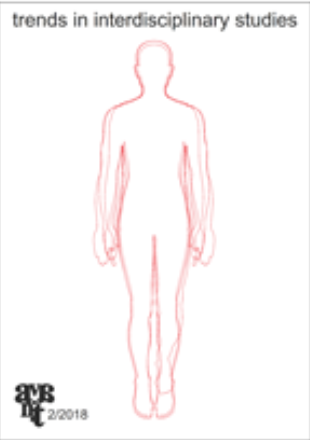The Four Dimensions of Embodiment and the Experience of Illness
The Four Dimensions of Embodiment and the Experience of Illness
Author(s): Māra GrīnfeldeSubject(s): Phenomenology
Published by: Ośrodek Badań Filozoficznych
Keywords: embodiment; Husserl; illness; lived body; phenomenology of medicine
Summary/Abstract: In this paper I will try to systematically lay out and describe the multiple dimensions of the embodied experience of illness, which until recently has been the main focus within the field of the phenomenology of medicine. In order to do this, I will turn to analysis of the nature of embodiment in Husserl’s phenomenology. I will argue that based on Husserl’s phenomenology of the body, one can distinguish four ways of experiencing one’s body, or four dimensions of embodiment. I will distinguish between experience of one’s body as 1) a bearer of sensations (the affective dimension of embodiment); 2) a seat of free movement, characterized by the faculty of “I can” (the functional dimension of embodiment); 3) a material thing in a causal relationship with the material world (the material dimension of embodiment); 4) a material thing embedded in a social context (the social dimension of embodiment). I will then apply the proposed classification of dimensions of embodiment to the experience of illness, focusing on the various ways these dimensions have been used within the phenomenology of medicine. This serves two purposes. Firstly, it provides a framework for classification of the existing interpretations of the experience of illness; secondly, it opens up a way for a comprehensive analysis of the experience of illness which includes both individual and social aspects of embodiment as well as their mutual intertwining.
Journal: AVANT. Pismo Awangardy Filozoficzno-Naukowej
- Issue Year: 2018
- Issue No: 2
- Page Range: 107-127
- Page Count: 21
- Language: English

